A few basic principles of good chicken management have a significant impact on their health and longevity. Here are a number of small steps that can be taken to promote the health of backyard chickens.
1. Provide the correct feed: As basic as it sounds, chickens must be fed properly to perform optimally and to be healthy. Even though our great grandparents may have fed their flocks cracked corn or scratch, advances in science and the work of poultry nutritionists reveals that backyard chickens require much more nutritionally to live long, healthy lives, while producing nutritious eggs. Chickens at different stages of development require different feed formulations.
While the feed manufacturer’s recommendations for their products should always be followed, generally speaking, day old chicks through eight weeks old should be provided with starter feed. A laying hens should be fed layer ration no earlier than 18 weeks of age or at the appearance of their first egg. Layer feed contains calcium that laying hens need for eggshell production but is detrimental to younger birds.
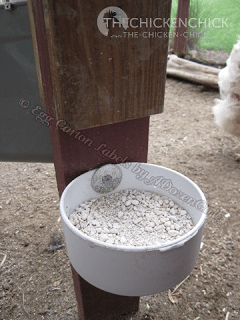
While layer feed contains a quick dissolving, small particle source calcium, oyster shells should always be made available to laying hens free-choice for reasons explained here. Never mix anything into the feed, including oyster shells.
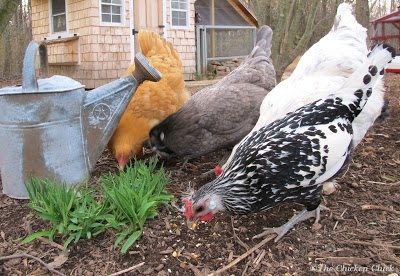
2. LIMIT Treats
The ingredients in commercially prepared chicken feed are carefully calculated by poultry nutritionists to ensure that the correct balance of a chicken’s daily nutrient requirements are met. Supplemental foods (treats/snacks– even healthy foods and supplements) replace a portion of those essential dietary elements to some degree. Excessive treats, even healthy ones, can cause any of the following: obesity, reduced egg production, malformed eggs, habitual laying of multiple-yolked eggs, vent prolapse, protein deficiencies, feather-picking, fatty liver syndrome, egg binding, reduced egg production, increased risk of heat stroke and heart problems. Ideally, offer no treats at all as they do not benefit laying hens. A nutritionally complete feed consists of the correct nutrient balance hens require. In no case should treats comprise more than 5% of a flock’s daily dietary intake.
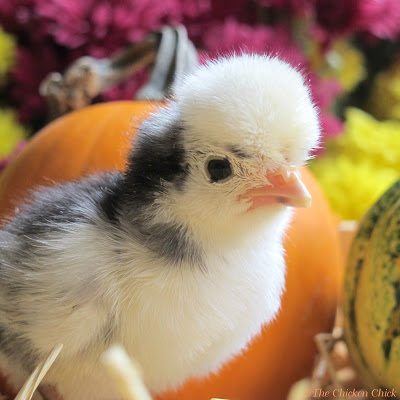
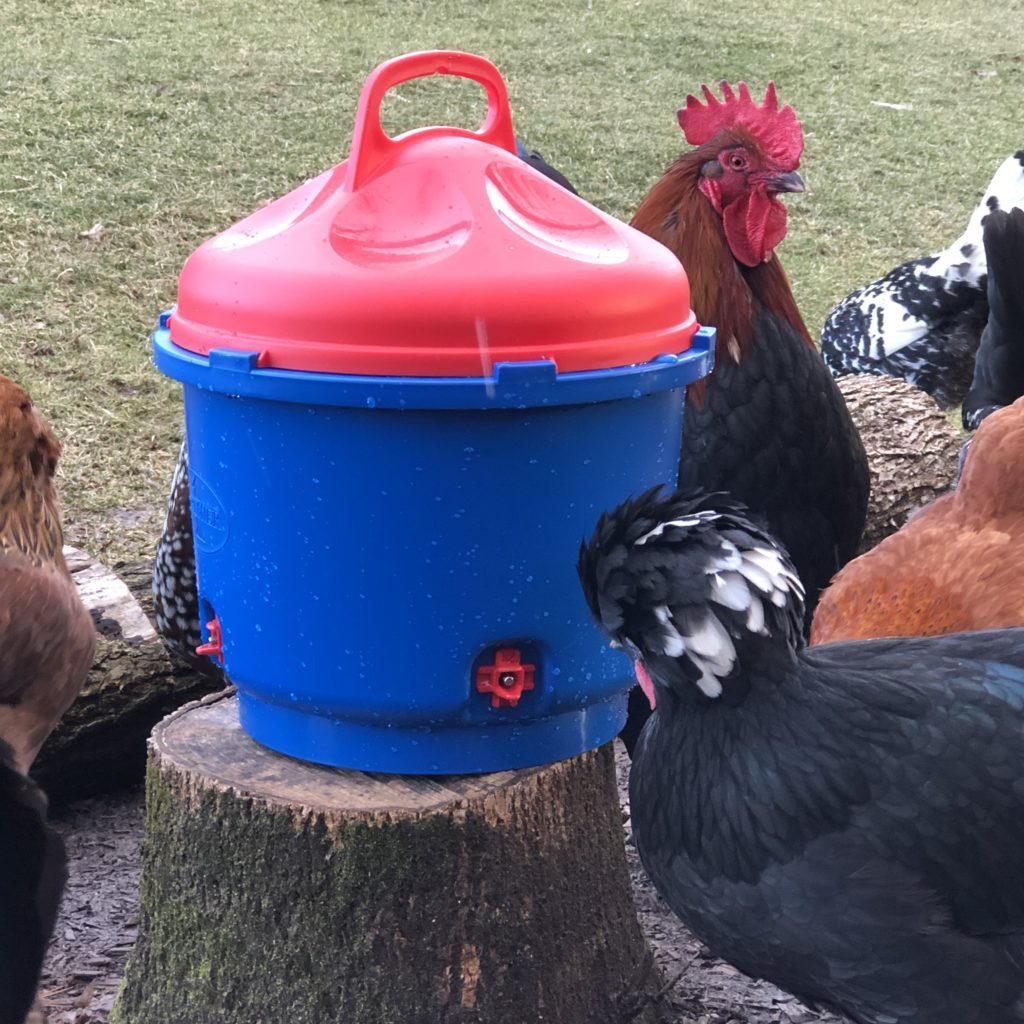
3. Clean Water:
Provide clean, fresh water to chickens at all times. Again, this sounds like common sense, but most backyard chickens drink from waterers harboring fecal matter, bacteria and other organisms that can make them sick. The solution to dirty water is employing poultry nipple waterers. “Nobody who is raising chickens professionally has used cups, bell drinkers or troughs in the past 25 years. …Nipples have been used successfully on literally billions of chickens. The professional farmers across North America have made nipple drinkers the standard for all chickens. … The disease reduction is so striking that there is no doubt which [system] is better.”
4. Clean, DRY Coop
A clean, dry coop is a healthy coop. Chickens have sensitive respiratory systems that are easily irritated by mold and ammonia from accumulated droppings. Clean coops are less likely to house external parasites such as mites and poultry lice. Never keep food or water inside the chicken coop!
For five ways to keep a cleaner coop with less effort, click here.
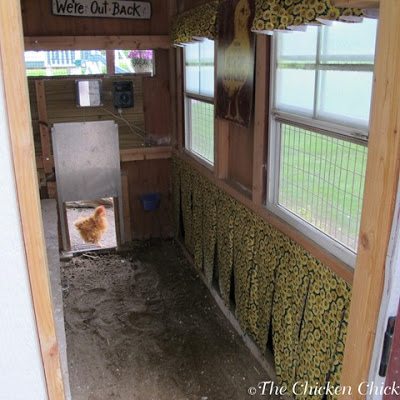
5. Dry Litter:
A wet environment created by accumulated droppings or spilled water, provides a breeding ground for coccidia and other harmful organisms to flourish. Coccidiosis is an intestinal disease that can rapidly kill chickens if it goes undetected or untreated. Three ways to ensure the driest environment possible are:
- by employing a droppings board and removing droppings from it daily
- never keep food or water inside the coop
- by using sand as coop litter/bedding and as ground cover in the run
- by keeping waterfowl and chickens in different yards. Less moisture results in fewer opportunities for organisms to grow that can make chickens sick.
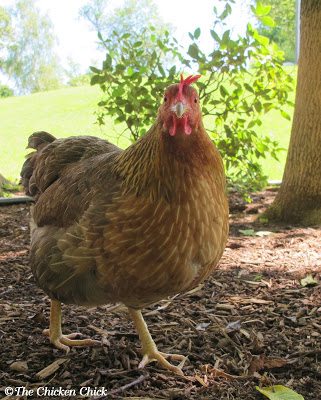
Many poultry problems are easily avoided by keeping living conditions dry.
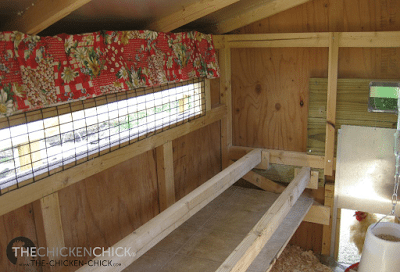
6. Observe Droppings:
The first sign of a potential health problem often will be found in a chicken’s droppings. Knowing which droppings are normal and which are abnormal is an extremely useful tool in assessing chickens’ health. Installing a droppings board underneath the roost provides a regular opportunity to observe abnormalities unobscured by shavings or other bedding material. Keeping a well-stocked first aid kit handy to treat some of the more common illness and disease early is highly recommended.
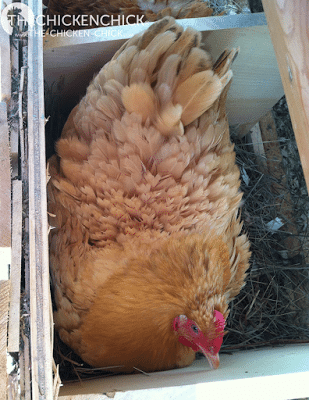
7. Break up Broody Hens:
A broody hen is one that is inspired to sit on a collection of eggs until she hatches chicks. Whether she is sitting on a clutch of fertile eggs or an empty nest, she will sit and wait for chicks to hatch indefinitely. In the 21 days normally required to hatch eggs, a broody leaves her nest briefly once or twice daily to eat, drink and relieve herself, neglecting her own health for the good of her anticipated chicks. Her comb will lose color, feathers lose sheen and she will lose a noticeable amount of weight. She can tolerate this drastic change in 21 day stints, but protracted periods of broodiness are unhealthy for her. She becomes vulnerable to external parasites, malnourished and emaciated. Broody hens that will not be permitted to hatch chicks, either due to the unavailability of fertile eggs or the preference of the chicken-keeper, she should be broken/broken-up as soon as possible to return them to their regular routines.

8. No Supplemental Light for Youngsters:
Providing supplemental lighting when natural daylight hours decrease to 13 hours or less is a safe and common practice undertaken to keep hens producing eggs in the autumn and winter months. However, adolescent chickens should not be exposed to supplemental lighting as it can cause them to reach sexual maturity too soon, resulting in egg-laying before their bodies are properly equipped. Egg-binding and prolapsed uterus are two of the possible consequences of premature egg-laying.
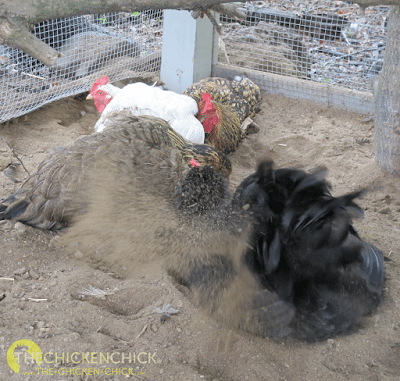
9. Provide Dust Bathing Areas:
A dust bath is the chicken equivalent of a daily shower. Chickens dig shallow spots in dirt, sand, or even flower pots to work into their skin and feathers to aid in skin and feather maintenance. A dust bath can be as simple as a dry patch of dirt in the backyard or a shallow bucket filled with sand. No additives or supplements are necessary to accomplish the objective. Never use diatomaceous earth with chickens.
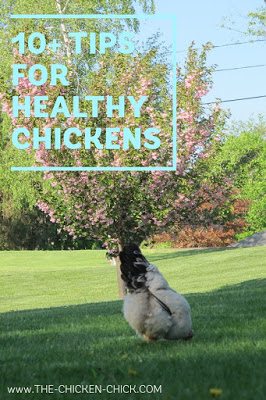
10. Practice Good Biosecurity
The term “biosecurity” refers to an overall system for protecting chickens from infectious diseases. Healthy chickens don’t stand a chance of remaining healthy if we schlepp pathogens into their yard. Potential disease carriers include: people, including you and other poultry keepers, clothing, shoes, equipment, (shovels, tractors, wheelbarrows, car tires) and all wildlife. Limit potential disease carriers from entering the chicken yard from high-risk locations, which include: all other poultry yards, poultry swaps, poultry shows, livestock auctions, fairs and feed stores. Learn much more about simple steps to keep disease out of your flock here.
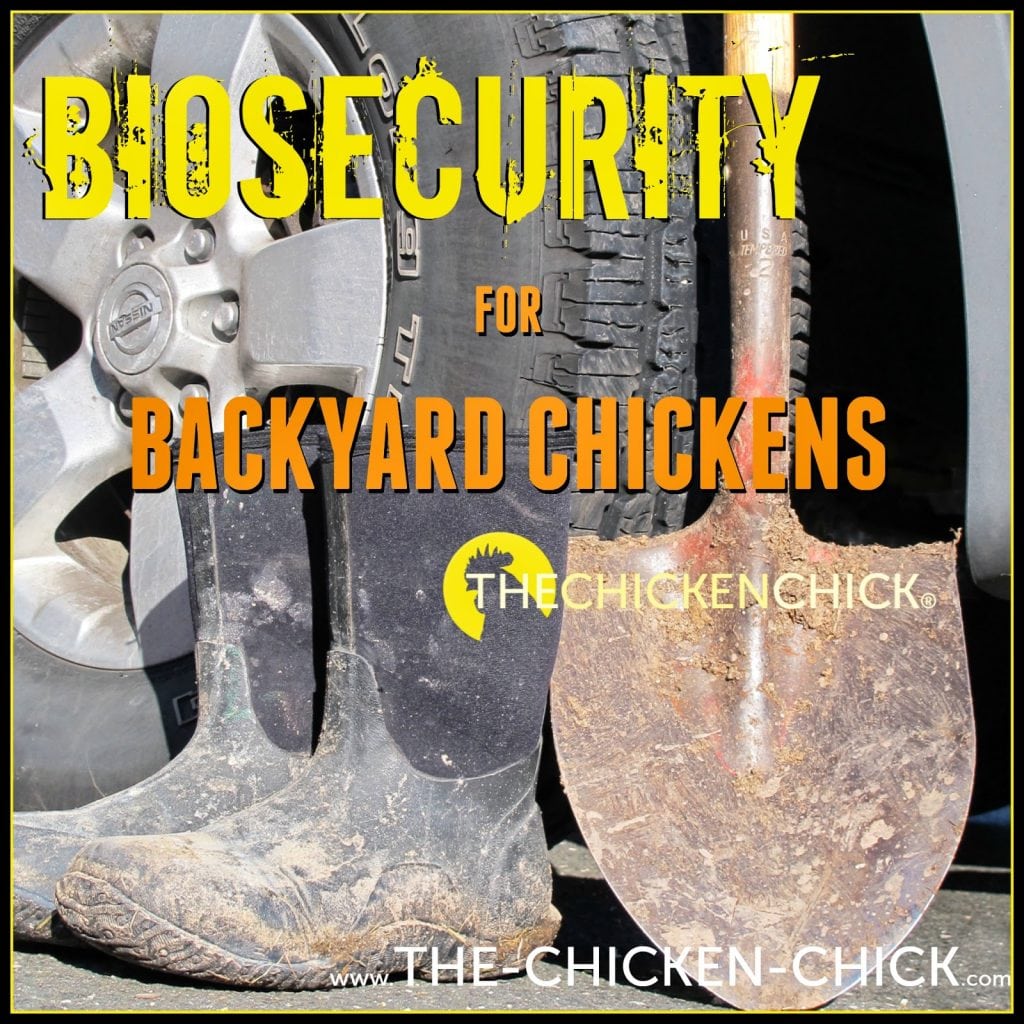
Kathy Shea Mormino
Affectionately known internationally as The Chicken Chick®, Kathy Shea Mormino shares a fun-loving, informative style to raising backyard chickens. …Read on


shop my SPONSORS
A few basic principles of good chicken management have a significant impact on their health and longevity. Here are a number of small steps that can be taken to promote the health of backyard chickens.
1. Provide the correct feed: As basic as it sounds, chickens must be fed properly to perform optimally and to be healthy. Even though our great grandparents may have fed their flocks cracked corn or scratch, advances in science and the work of poultry nutritionists reveals that backyard chickens require much more nutritionally to live long, healthy lives, while producing nutritious eggs. Chickens at different stages of development require different feed formulations.
While the feed manufacturer’s recommendations for their products should always be followed, generally speaking, day old chicks through eight weeks old should be provided with starter feed. A laying hens should be fed layer ration no earlier than 18 weeks of age or at the appearance of their first egg. Layer feed contains calcium that laying hens need for eggshell production but is detrimental to younger birds.

While layer feed contains a quick dissolving, small particle source calcium, oyster shells should always be made available to laying hens free-choice for reasons explained here. Never mix anything into the feed, including oyster shells.

2. LIMIT Treats
The ingredients in commercially prepared chicken feed are carefully calculated by poultry nutritionists to ensure that the correct balance of a chicken’s daily nutrient requirements are met. Supplemental foods (treats/snacks– even healthy foods and supplements) replace a portion of those essential dietary elements to some degree. Excessive treats, even healthy ones, can cause any of the following: obesity, reduced egg production, malformed eggs, habitual laying of multiple-yolked eggs, vent prolapse, protein deficiencies, feather-picking, fatty liver syndrome, egg binding, reduced egg production, increased risk of heat stroke and heart problems. Ideally, offer no treats at all as they do not benefit laying hens. A nutritionally complete feed consists of the correct nutrient balance hens require. In no case should treats comprise more than 5% of a flock’s daily dietary intake.


3. Clean Water:
Provide clean, fresh water to chickens at all times. Again, this sounds like common sense, but most backyard chickens drink from waterers harboring fecal matter, bacteria and other organisms that can make them sick. The solution to dirty water is employing poultry nipple waterers. “Nobody who is raising chickens professionally has used cups, bell drinkers or troughs in the past 25 years. …Nipples have been used successfully on literally billions of chickens. The professional farmers across North America have made nipple drinkers the standard for all chickens. … The disease reduction is so striking that there is no doubt which [system] is better.”
4. Clean, DRY Coop
A clean, dry coop is a healthy coop. Chickens have sensitive respiratory systems that are easily irritated by mold and ammonia from accumulated droppings. Clean coops are less likely to house external parasites such as mites and poultry lice. Never keep food or water inside the chicken coop!
For five ways to keep a cleaner coop with less effort, click here.

5. Dry Litter:
A wet environment created by accumulated droppings or spilled water, provides a breeding ground for coccidia and other harmful organisms to flourish. Coccidiosis is an intestinal disease that can rapidly kill chickens if it goes undetected or untreated. Three ways to ensure the driest environment possible are:
- by employing a droppings board and removing droppings from it daily
- never keep food or water inside the coop
- by using sand as coop litter/bedding and as ground cover in the run
- by keeping waterfowl and chickens in different yards. Less moisture results in fewer opportunities for organisms to grow that can make chickens sick.

Many poultry problems are easily avoided by keeping living conditions dry.

6. Observe Droppings:
The first sign of a potential health problem often will be found in a chicken’s droppings. Knowing which droppings are normal and which are abnormal is an extremely useful tool in assessing chickens’ health. Installing a droppings board underneath the roost provides a regular opportunity to observe abnormalities unobscured by shavings or other bedding material. Keeping a well-stocked first aid kit handy to treat some of the more common illness and disease early is highly recommended.

7. Break up Broody Hens:
A broody hen is one that is inspired to sit on a collection of eggs until she hatches chicks. Whether she is sitting on a clutch of fertile eggs or an empty nest, she will sit and wait for chicks to hatch indefinitely. In the 21 days normally required to hatch eggs, a broody leaves her nest briefly once or twice daily to eat, drink and relieve herself, neglecting her own health for the good of her anticipated chicks. Her comb will lose color, feathers lose sheen and she will lose a noticeable amount of weight. She can tolerate this drastic change in 21 day stints, but protracted periods of broodiness are unhealthy for her. She becomes vulnerable to external parasites, malnourished and emaciated. Broody hens that will not be permitted to hatch chicks, either due to the unavailability of fertile eggs or the preference of the chicken-keeper, she should be broken/broken-up as soon as possible to return them to their regular routines.

8. No Supplemental Light for Youngsters:
Providing supplemental lighting when natural daylight hours decrease to 13 hours or less is a safe and common practice undertaken to keep hens producing eggs in the autumn and winter months. However, adolescent chickens should not be exposed to supplemental lighting as it can cause them to reach sexual maturity too soon, resulting in egg-laying before their bodies are properly equipped. Egg-binding and prolapsed uterus are two of the possible consequences of premature egg-laying.

9. Provide Dust Bathing Areas:
A dust bath is the chicken equivalent of a daily shower. Chickens dig shallow spots in dirt, sand, or even flower pots to work into their skin and feathers to aid in skin and feather maintenance. A dust bath can be as simple as a dry patch of dirt in the backyard or a shallow bucket filled with sand. No additives or supplements are necessary to accomplish the objective. Never use diatomaceous earth with chickens.

10. Practice Good Biosecurity
The term “biosecurity” refers to an overall system for protecting chickens from infectious diseases. Healthy chickens don’t stand a chance of remaining healthy if we schlepp pathogens into their yard. Potential disease carriers include: people, including you and other poultry keepers, clothing, shoes, equipment, (shovels, tractors, wheelbarrows, car tires) and all wildlife. Limit potential disease carriers from entering the chicken yard from high-risk locations, which include: all other poultry yards, poultry swaps, poultry shows, livestock auctions, fairs and feed stores. Learn much more about simple steps to keep disease out of your flock here.





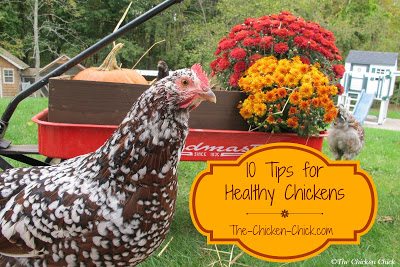
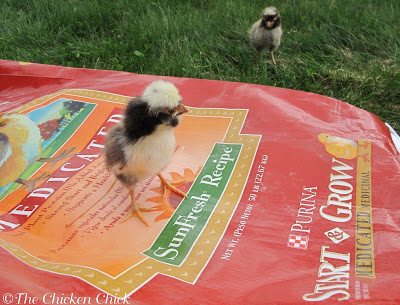

















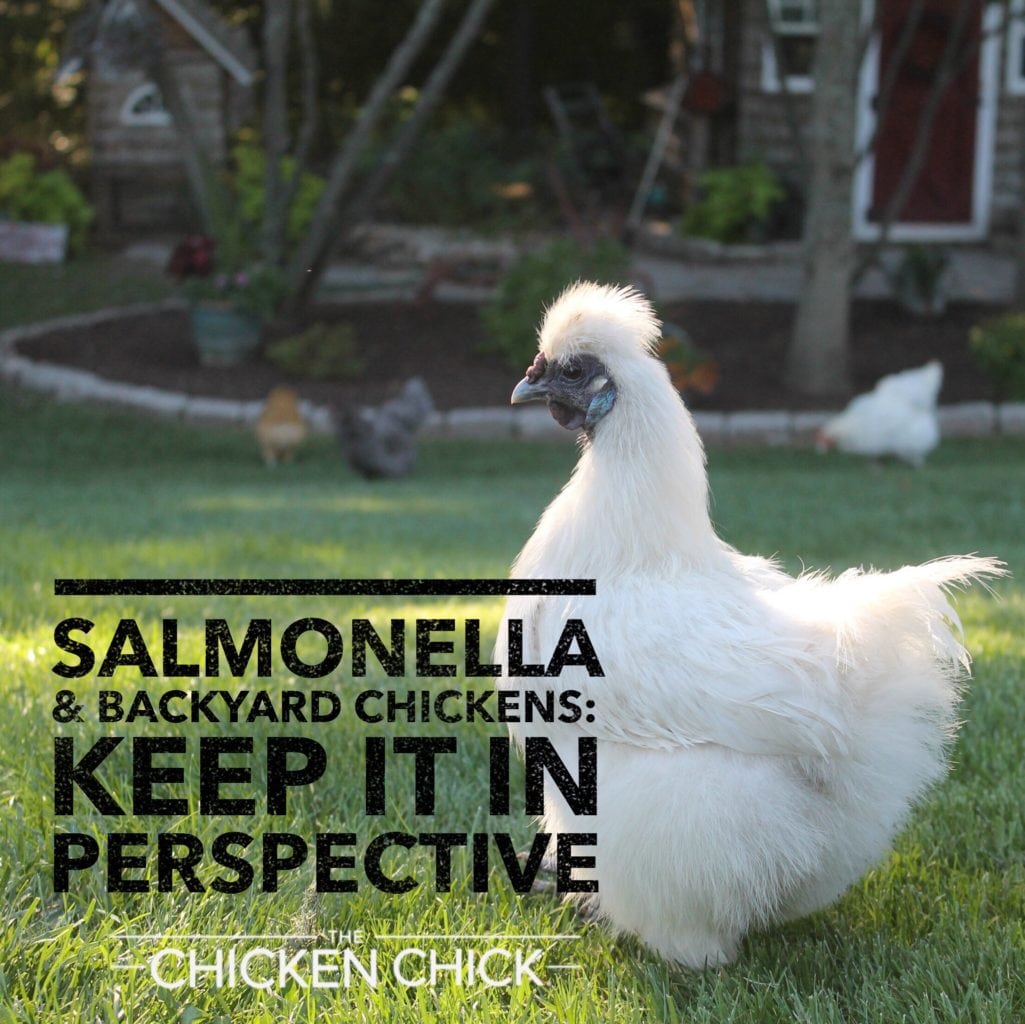
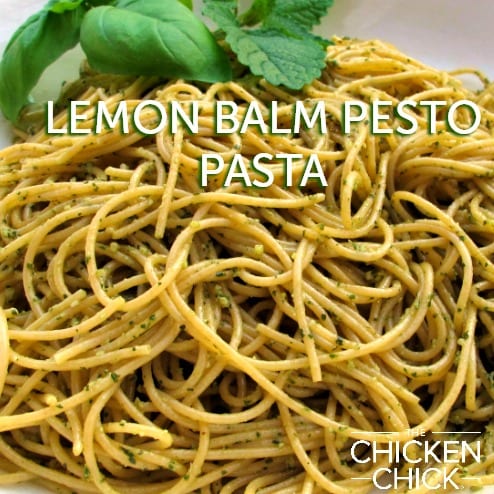
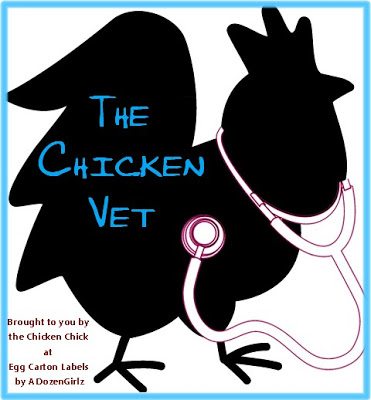















I always learn something new on this site, thank you!
Your tips, advice are ALWAYS so very beneficial, thank you!
Thanks for the useful information.
The link to the in the Clean Coop section seems to be broken.
I’ve looked through your blog but didn’t find anything about premature egg laying. I have a yr old cream legbar that frequently lays an egg that’s like a balloon. If you can get to it before the others do, the egg inside seems ok. Her regular egg shell is hard and chalky with lots of hard bumps on it. I’m not sure what to do about it. I got 2 of these pullets & the other one laid nice smooth eggs.. She however, died. She was acting like she was egg bound. So I brought her in & gave her… Read more »